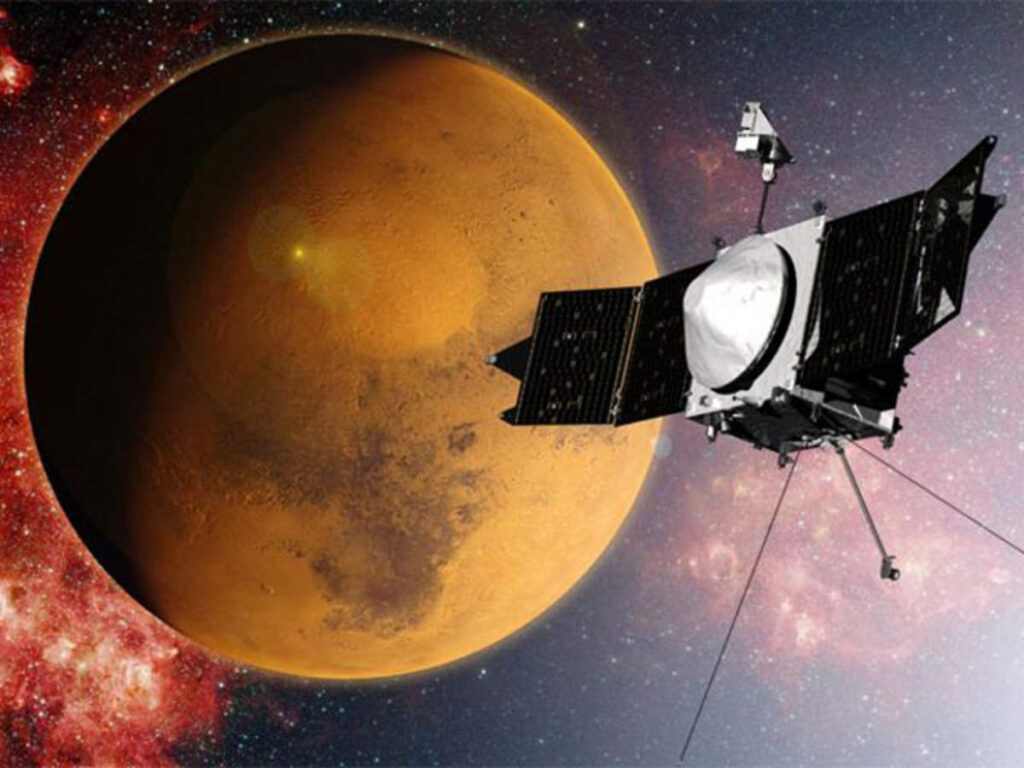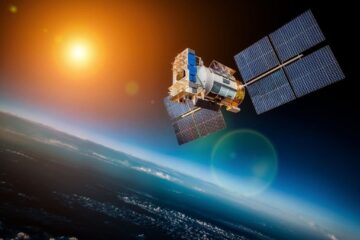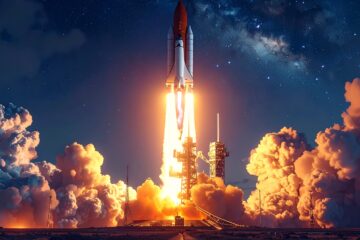Table of Contents
- Introduction
- Why Mars?
- The Early Days: First Attempts to Reach Mars
- Mars Orbiter Mission (Mangalyaan): India’s Historic Leap
- Mangalyaan’s Key Achievements
- NASA’s Missions to Mars: Pathfinder to Perseverance
- Europe, China & UAE Join the Race
- Challenges of Mars Missions
- Future Missions: Human Settlement on Mars?
- Technologies Driving Mars Exploration
- India’s Future Mars Missions
- Global Collaboration and Mars
- Final Thoughts: Mars – Humanity’s Next Home?
- FAQs on Mars Missions
1.Introduction

Mars, commonly referred to as the “Red Planet,” has fascinated human minds for centuries. Ancient mythology to science fiction, Mars has always been viewed as the next frontier. With more than 50 missions tried and fewer than half having succeeded, it is still a challenge technologically and scientifically.
India’s Mars Orbiter Mission (Mangalyaan) amazed the world in 2014 by becoming the first Asian country to orbit Mars, and that too on the maiden mission and at a fraction of the expense involved for other countries. The blog delves into the international Mars mission scenario, with an emphasis on India’s success and the thrill that lies ahead.
2.Why Mars?
Mars is the planet most similar to Earth in our solar system, and therefore the leading candidate for life and human colonization in the future.
Scientific Reasons:
- Past evidence of water
- Potential for microbial life
- Investigation of climate and geology
- Hints regarding the early solar system
- Preparation for human exploration
Strategic Reasons:
- National prestige
- Space race dominance
- Space-based economic opportunities
- Technological innovation
Mars is no longer a scientific endeavor – it’s a global goal.
3. The Early Days: First Attempts to Reach Mars
Mars missions began during the Cold War era, mostly led by the USSR and the USA.
Milestones:
- 1960s: USSR’s Marsnik missions – first attempts (all failed)
- 1965: NASA’s Mariner 4 – first successful flyby
- 1971: USSR’s Mars 3 – first soft landing (signal lost after 14 seconds)
- 1976: Viking 1 & 2 – first successful US landers
These early missions set the foundation for decades of exploration, despite high failure rates.
4. Mars Orbiter Mission (Mangalyaan): India’s Historic Leap
Launched on November 5, 2013, Mangalyaan (Mars Orbiter Mission – MOM) was India’s first interplanetary mission, developed by ISRO.
Key Highlights:
- Launched by PSLV-C25
- Entered Mars orbit on September 24, 2014
- Cost: Just ₹450 crore (~$74 million)
- Became the first country to succeed on its maiden Mars mission
- Built in just 18 months
This mission showed the world India’s scientific prowess, cost-efficiency, and innovation in space technology.
5. Mangalyaan’s Key Achievements
While modest in design, Mangalyaan delivered significant results:
Scientific Payloads:
- Mars Colour Camera (MCC) – captured stunning images
- Methane Sensor for Mars (MSM) – looked for signs of life
- Thermal Infrared Spectrometer
- Lyman Alpha Photometer – measured hydrogen loss
- Mars Exospheric Neutral Composition Analyser (MENCA)
Mission Highlights:
- Provided over 1000 images
- Discovered dust storms, craters, and atmospheric patterns
- Proved methane is largely absent
- Lasted 8+ years despite a 6-month expected lifespan
It made India the fourth space power after the US, USSR/Russia, and ESA to reach Mars.
6.NASA’s Missions to Mars: Pathfinder to Perseverance
NASA has commanded the most successful Mars missions:
Principal Missions:
- Spirit & Opportunity (2003) – rovers that survived beyond life expectancy
- Curiosity (2012) – still active, examining Mars’ climate and geology
- InSight (2018) – seismic and interior structure
- Perseverance (2020) – future rover with MOXIE, samples for return
- Ingenuity Helicopter – powered flight on another world
NASA’s Mars program is paving the way for sample return and human missions in the future.
7.Europe, China & UAE Join the Race
Mars exploration has turned global.
European Space Agency (ESA):
- Mars Express (2003) – still flying
- ExoMars (cooperative mission with Roscosmos) – scheduled rover missions postponed
China:
- Tianwen-1 (2020): Orbiter, lander, and Zhurong rover
- First country to be successful on orbiter, lander, and rover in one mission
UAE:
- Hope Probe (2021) – First Arab mission to Mars
- Emphasis on climate and atmosphere
Every nation contributes different capabilities, enhancing scientific cooperation.
8.Challenges of Mars Missions
Arriving and working on Mars is extremely challenging.
Major Challenges:
- Distance: ~225 million km away from Earth
- Time lag: 10-20 minutes one-way communication
- Severe temperatures
- Thin atmosphere: Makes it hard to land
- Radiation: Detrimental to electronics and human beings
- Orbital insertion accuracy
Failure rates are over 50%, so every success is an engineering miracle.
9.Future Missions: Human Settlement on Mars?
The end objective is to travel to Mars, but it’s not a simple task.
Major Plans:
- NASA Artemis Program – First a lunar base, then Mars
- Elon Musk’s SpaceX – Starship for colonizing Mars
- China’s 2033 plan – Roadmap for a human Mars mission
- India’s Gaganyaan – Stepping stone to interplanetary missions
Terraforming Mars is hypothetical, but constructing habitats on Mars with Martian soil and 3D printing is being researched.
10.Technologies Driving Mars Exploration
Advanced technology is the key to a successful mission.
Breakthrough Technologies:
- Rover autonomous navigation
- Heat shields and Entry, Descent, Landing (EDL) systems
- Solar-powered power systems
- Deep-space communication antennas
- MOXIE (Mars Oxygen ISRU) – producing oxygen from CO₂
- Artificial intelligence for remote operation
These technologies also find application in Earth-based industries like robotics, AI, and remote sensing.
11.India’s Future Mars Missions
Following the success of Mangalyaan, ISRO has planned:
Mars Orbiter Mission-2 (MOM-2):
- Currently under development
- Will possibly include lander and rover
- Upgraded instruments for subsurface and atmospheric research
- Timeline: Aiming for late 2020s
India can also partner with other countries to divide costs, risks, and scientific rewards.
12.Global Collaboration and Mars
Mars is too big and complicated for one nation. International cooperation guarantees:
- Mutual data and technology
- Lower mission costs
- International standards and ethics of planetary science
- Multinational missions such as NASA-ESA Mars Sample Return
India’s increasing capacities make it an excellent partner in future collaborative missions
13.Final Thoughts: Mars – Humanity’s Next Home?
The Mars mission is not solely about planetary science. It stands for:
- The exploration spirit of humankind
- Cooperation rather than competition on a world scale
- An interplanetary life test bed
- A plan B for Earth’s future
India, with Mangalyaan, demonstrated that one doesn’t require deep pockets to access deep space – vision, innovation, and determination suffice.
“Mars is there, waiting to be reached. And India has already knocked on its door.”



0 Comments